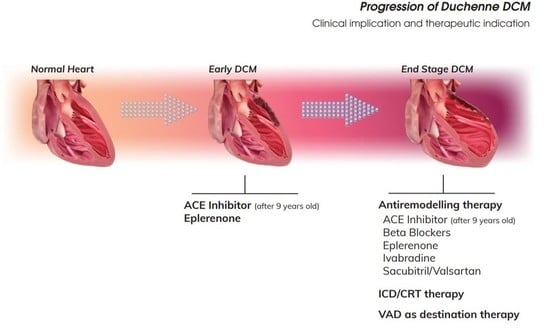J. Clin. Med. 2020, 9(10), 3187; https://doi.org/10.3390/jcm9103187 - 1 Oct 2020
Cited by 56 | Viewed by 8976
Abstract
The currently recommended treatment for chronic hepatitis B virus (HBV) infection achieves only viral suppression whilst on therapy, but rarely hepatitis B surface antigen (HBsAg) loss. The ultimate therapeutic endpoint is the combination of HBsAg loss, inhibition of new hepatocyte infection, elimination of
[...] Read more.
The currently recommended treatment for chronic hepatitis B virus (HBV) infection achieves only viral suppression whilst on therapy, but rarely hepatitis B surface antigen (HBsAg) loss. The ultimate therapeutic endpoint is the combination of HBsAg loss, inhibition of new hepatocyte infection, elimination of the covalently closed circular DNA (cccDNA) pool, and restoration of immune function in order to achieve virus control. This review concentrates on new antiviral drugs that target different stages of the HBV life cycle (direct acting antivirals) and others that enhance both innate and adaptive immunity against HBV (immunotherapy). Drugs that block HBV hepatocyte entry, compounds that silence or deplete the cccDNA pool, others that affect core assembly, agents that degrade RNase-H, interfering RNA molecules, and nucleic acid polymers are likely interventions in the viral life cycle. In the immunotherapy category, molecules that activate the innate immune response such as Toll-like-receptors, Retinoic acid Inducible Gene-1 (RIG-1) and stimulator of interferon genes (STING) agonists or checkpoint inhibitors, and modulation of the adaptive immunity by therapeutic vaccines, vector-based vaccines, or adoptive transfer of genetically-engineered T cells aim towards the restoration of T cell function. Future therapeutic trends would likely be a combination of one or more of the aforementioned drugs that target the viral life cycle and at least one immunomodulator.
Full article
(This article belongs to the Special Issue Natural History and Clinical Consequences of Hepatitis B Virus (HBV) Infection)
►
Show Figures













